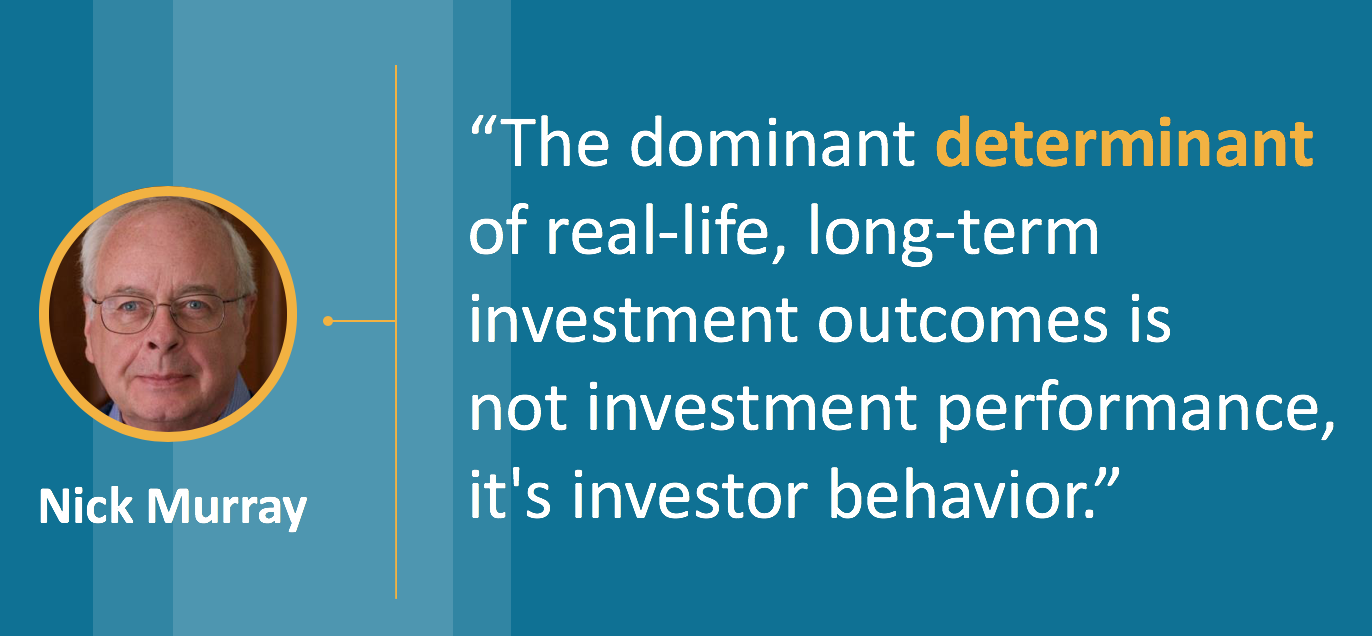In the past, passive simply meant an index of stocks weighted by market capitalization and active meant a professional manager trying to pick stocks that would outperform that passive index.
How the rules have changed
Passive: Any basket of investments that are designed to track an index, whether through traditional market capitalization weighting, or otherwise.
Active: Any strategy that is designed to generate excess return, reduce risk, or both, relative to a “market” index. However, there is an additional distinction to be made here given that there are now essentially two types of active strategies:
Traditional: Strategies that attempt to outwit the market by making forecasts about the behavior of securities, sectors, or asset classes
and,
Smart Beta or Factor: Strategies that attempt to outperform the market by strategically tilting toward the types of companies that have proven to beat a simple market over time. Here, a manager can passively track an index that is not “the market,” hence the overlap between passive and active.
For example, the manager is not trying to handpick high quality stocks through forecasting. Rather, he or she is simply managing to an index of companies that demonstrate quality characteristics. This is what happens when an investor combines the traits of an active tilting investment strategy with that of an index investment strategy, which is called Smart Beta or Factor Investing.
At White and McGowan, we subscribe to the notion that active (or factor) indexing removes the pitfalls of trying to predict the future behavior of securities and asset classes. By constructing portfolios that access the markets and the factors that have been demonstrated to outperform them over time, we believe we sit at the crossroads of traditional passive and active, offering the benefits of both.
Evidence Based Investing
The factor indexing strategies used in our client portfolio’s are the result of research conducted by several Nobel Laureate’s over decades. Through their research, we have learned that certain factors have historically performed better than others. Our investment approach seeks enhanced returns by overweighting assets that exhibit characteristics that tend to be in accordance with one or more “factors” identified in academic research as historically associated with higher returns.
Factor Premia Source: Market, Size and Momentum are proxied by the Fama/French Market minus Risk Free, Small minus Big, and Momentum factors from Kenneth French Data Library. Value and quality are proxied by the High minus Low (Devil in Details) factor and Quality minus Junk factor from AQR data library. Please note that different de nitions of the factor premiums may lead to different average return numbers. This piece is for conceptual understanding of factors only and does not reflect actual factor implementation. Mutual funds and ETFs chosen may not use these factor formulations. Numbers are annualized from 7/1957 through 12/2015 and reflect U.S. markets only. Please see disclosure for additional information.
Factor Premia Source: Morningstar Direct and DFA Returns 2.0 as of 12/31/2015. Factor premiums are approximated by subtracting the monthly return of the One-Month Treasury Bill Index from the Barclays U.S. Treasury Index for Maturity and the One-Month Treasury Bills from the Barclays U.S. Credit Baa Index for Credit. For additional information about indexes, please see disclosure in back labeled Index Disclosure.
Please see disclosure at the end of presentation for additional information.
This piece is for conceptual understanding of factors only and does not reflect actual factor implementation. Mutual funds and ETFs chosen may not use these factor formulations.
Discipline - Investor Behavior Is Key
An Advisor can manage a portfolio well but managing investor behavior is equally important. It’s difficult to set our emotions aside as we watch markets rise and fall. For most investors, the fear of missing out causes them to invest more at market peaks and less at market troughs, when investors should be doing the exact opposite.
*As indicated by equity mutual fund ows from 2001 – 2016.
Positive and negative fund ows are estimated net ows of U.S. Equity and International Equity funds excluding money market and funds of funds as calculated by Morningstar.
The chart is for informational purposes only and is not an all inclusive formula for security selection. For additional information regarding this chart and index performance please see disclosure on the following page.
If you would like to discuss more about our investment strategies, please click the link below for help.







